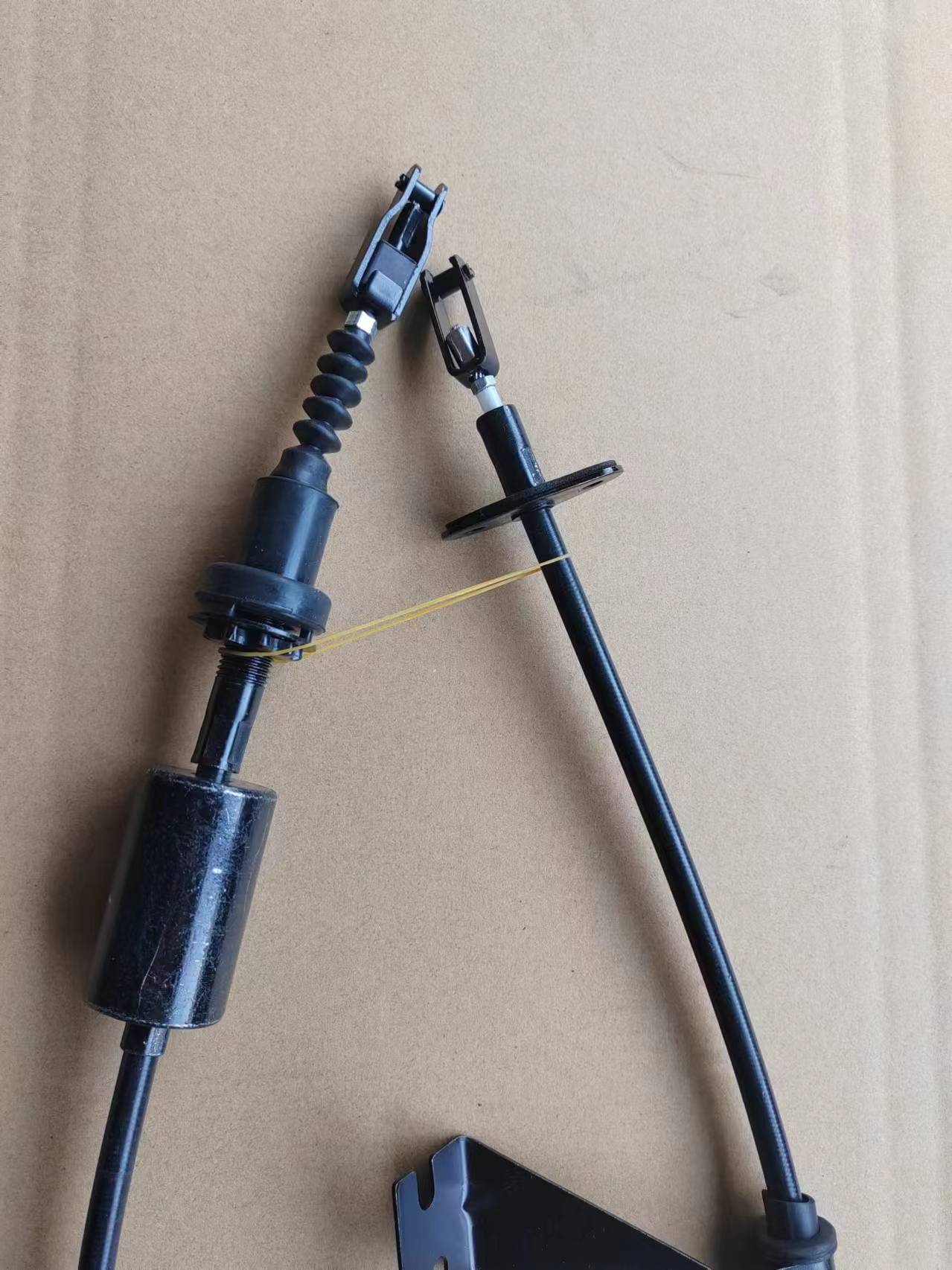wire throttle cable
Understanding Wire Throttle Cables A Vital Component for Performance
Wire throttle cables play an essential role in the operation of various vehicles and machinery, acting as a direct link between the accelerator pedal and the throttle body of the engine. While seemingly simple in design, these cables are pivotal in determining how efficiently an engine responds to driver commands, making them a critical component in automotive and mechanical engineering.
What is a Wire Throttle Cable?
A wire throttle cable is a metal wire encased in a protective sheath, which transmits the movement of the accelerator pedal to the throttle body. When the driver presses the pedal, the cable pulls on the throttle lever, allowing air to enter the engine, which, in turn, increases the engine’s RPM and accelerates the vehicle. The functionality and reliability of this mechanism are vital, especially in applications requiring precision and responsiveness.
Construction and Design
Typically, wire throttle cables consist of a stainless steel or coated wire along with a plastic or rubber sheath. This construction allows for smooth movement while preventing wear and tear caused by friction. The design often includes end fittings, which connect the cable to both the throttle assembly and the accelerator pedal.
Manufacturers pay careful attention to the length, tension, and flexibility of these cables to ensure optimal performance under various conditions. Cables are engineered to tolerate high temperatures and corrosive environments, making them suitable for a range of applications from performance vehicles to everyday cars and outdoor equipment.
Importance in Automotive Performance
wire throttle cable

The throttle cable greatly influences a vehicle's acceleration and performance. A well-functioning throttle cable ensures immediate throttle response, which is crucial for achieving desired speed and power dynamics. Any disruption or malfunction can lead to sluggish response, which can be detrimental in high-performance situations, such as racing or off-road driving.
Moreover, modern vehicles, particularly those equipped with electronic throttle control (ETC), still rely on wire throttle cables in certain instances. In these systems, the wire acts as a backup mechanism, promoting safety and reliability in case of an electronic failure.
Maintenance and Troubleshooting
Regular maintenance of wire throttle cables is vital for ensuring optimal performance. Routine checks for signs of wear, fraying, or corrosion can help prevent failures that may lead to dangerous driving conditions. It’s advisable to inspect the cable’s tension; overly loose cables can lead to unresponsive acceleration, whereas excessively tight cables may hinder full pedal movement.
If a driver experiences inconsistent throttle response, stalling, or difficulty accelerating, it may be time to examine the throttle cable. In many cases, replacing a worn or damaged throttle cable can restore proper function, enhancing both safety and driving experience.
Conclusion
Wire throttle cables are more than just metal wires; they are critical components that facilitate connection and communication between a vehicle's systems. Their design, durability, and maintenance are crucial to ensuring consistent performance and safety on the road. Understanding their role and ensuring their upkeep can lead to not only improved vehicle performance but also a safer driving experience. Whether it's a casual drive or competitive racing, the significance of this component cannot be overstated. Thus, ensuring that your throttle cable is in good shape should be a priority for car owners and enthusiasts alike.
-
Upgrade Your Control with Premium Throttle CablesNewsAug.08,2025
-
Stay in Control with Premium Hand Brake CablesNewsAug.08,2025
-
Experience Unmatched Performance with Our Clutch HosesNewsAug.08,2025
-
Ensure Safety and Reliability with Premium Handbrake CablesNewsAug.08,2025
-
Enhance Your Vehicle with High-Performance Clutch LinesNewsAug.08,2025
-
Elevate Your Ride with Premium Gear CablesNewsAug.08,2025
